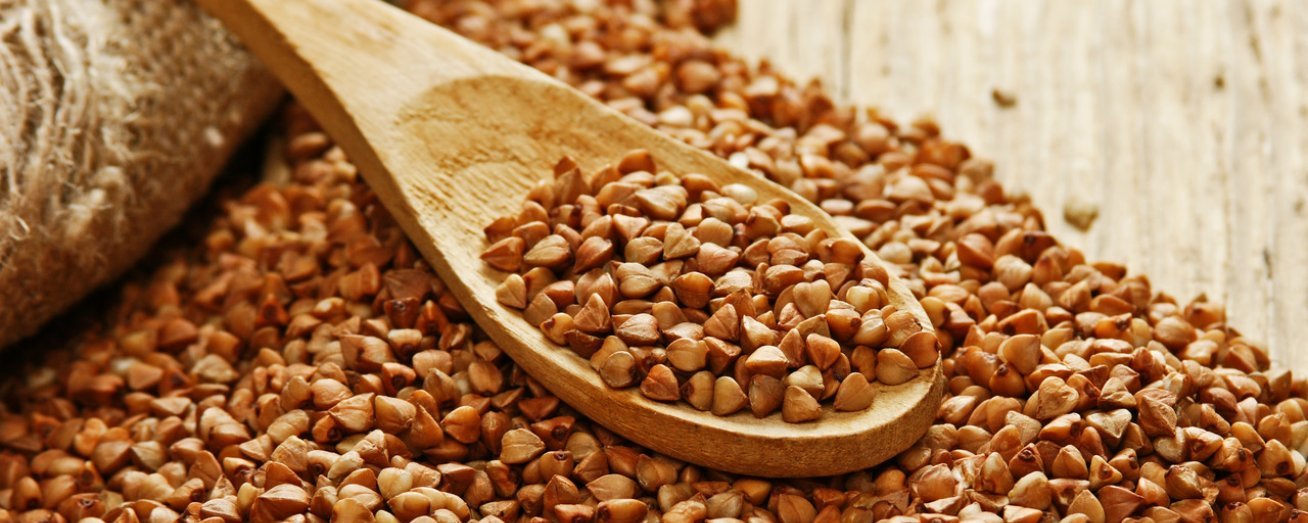The origins of cereal cultivation are at least 9000 years old. In alternating phases, throughout history, different types of crops have been favoured, depending on their yield and commercial potential.
In the modern era, more and more often, using research and new technologies, we are beginning to recover some so-called lesser-known crops - ancient and less widespread - of which today we are able to improve and select genetics, strengthening the nutraceutical components in order to promote their use in the food industry.
In this respect we have already reported on how, as a result of the Re-Cereal Project promoted by Dr. Schär R&D Centre and financed by the European Regional Development Fund, new guidelines for the cultivation of millet and buckwheat have been drawn up. Moving from theory to practice, a number of new Schär brand products have been conceived in the same context.
Scientific research based on varietal selection and innovation in order to produce plants with ongoing climate change resistance characteristics, is a further demonstration of the use of science and technology in modern cereal growing.
However, innovation doesn't stop there. Thanks to the monitoring of crops by means of networked sensors (the application to agriculture of the so-called IoT, or Internet of Things), it is now possible to carry out an accurate cross-factorial analysis through which unfavourable conditions can be identified before they occur. This is then followed up with targeted care interventions in order to positively impact the quality of the products. Thanks to these technologies, some farmers in the Dr. Schär supply chain will be able to benefit from sensors installed in the field to monitor environmental factors, such as temperature, relative humidity, leaf wetting, mm. of rainfall - all integrated parameters through DSS (Decisional Support Systems) to monitor the needs of the crop and possible interventions to support quality.
Satellites are a great help in this respect. They enable us to practise precision farming by helping to identify areas of crop failure, to establish the need for fertilisers or other plant protection products and improve traceability. Satellite images are made available free of charge by ESA (European Space Agency) and GSA (European Global Navigation Satellite Systems Agency).
Not all these possibilities are yet widespread among cereal farmers. Being able to take advantage of some of these innovations requires a significant commitment in terms of economic resources and the continuous updating of their knowledge.
True to its DNA, Dr. Schär continues to believe in and invest in research into optimising agronomic techniques and reducing the impact on the environmental. The researchers working on these projects do so not only in the field, but also at the Dr. Schär Research and Development Centre at AREA Science Park (Padriciano - Trieste), a leading multi-sector science and technology park.
